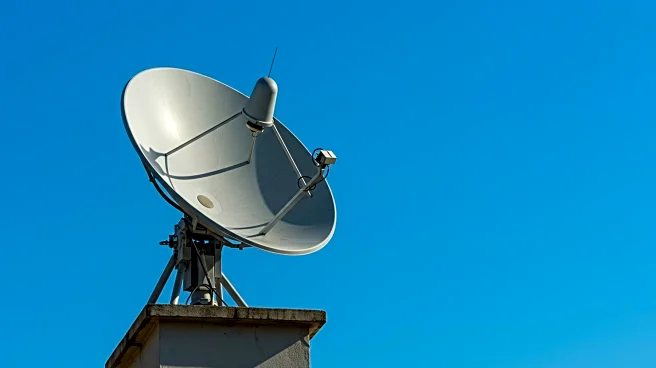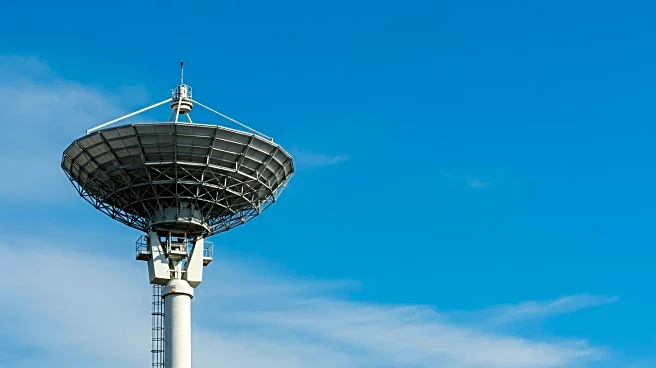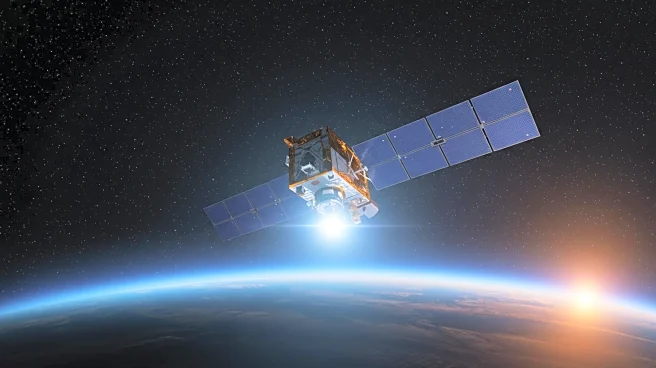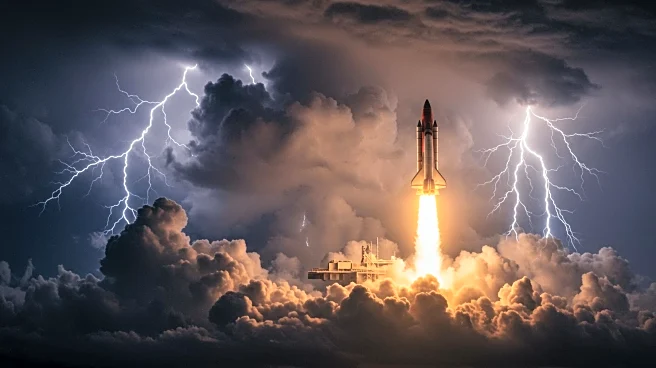What's Happening?
Paramount Skydance executives have announced that they will not be spinning off their cable networks into a separate entity, despite industry trends seen at NBCUniversal and Warner Bros. Discovery. George Cheeks, chairman of TV media at Paramount Skydance, acknowledged the challenges facing the cable business during a media session. Cheeks, who previously served as co-CEO of Paramount and head of CBS, will oversee the broadcast network and cable outlets following the merger. With streaming services gaining dominance and cable viewership declining, Cheeks and Paramount Skydance president Jeff Shell emphasized the need to adapt their business model. Paramount's cable channels host iconic franchises such as South Park, The Daily Show, SpongeBob SquarePants, and Yellowstone, which remain valuable assets. Cheeks indicated that discussions are ongoing about potentially shifting some franchises to streaming platforms. Shell highlighted the importance of redefining the cable brands, including BET, CMT, Comedy Central, and others, rather than viewing them as declining assets.
Why It's Important?
The decision by Paramount Skydance to retain its cable networks reflects the broader industry challenge of balancing traditional media with the growing influence of streaming services. As streaming platforms continue to capture audience attention, cable networks face pressure to innovate and remain relevant. Paramount Skydance's approach to preserving and potentially transitioning iconic franchises to streaming could set a precedent for other media companies grappling with similar issues. The move underscores the importance of strategic brand management in the evolving media landscape, where companies must leverage their existing assets while adapting to new consumer preferences. This decision may impact stakeholders, including advertisers, content creators, and viewers, as the company navigates the shift from linear to digital media consumption.
What's Next?
Paramount Skydance is expected to engage in further discussions about the future of its cable networks and iconic franchises. The company may explore opportunities to integrate streaming services more deeply into its business model, potentially leading to new content strategies and partnerships. Stakeholders, including advertisers and content creators, will likely monitor these developments closely, as they could influence advertising strategies and content distribution. Additionally, the media industry may observe Paramount Skydance's approach as a case study in managing the transition from traditional cable to streaming platforms, potentially informing similar decisions by other companies.
Beyond the Headlines
The decision to maintain cable networks amid the streaming shift raises questions about the long-term viability of traditional media formats. As streaming services continue to grow, media companies must consider the cultural and economic implications of transitioning iconic franchises to digital platforms. This shift may affect how audiences engage with content, potentially altering viewing habits and expectations. Furthermore, the preservation of cable networks highlights the ongoing debate about the role of linear television in a digital age, where media consumption is increasingly personalized and on-demand.












